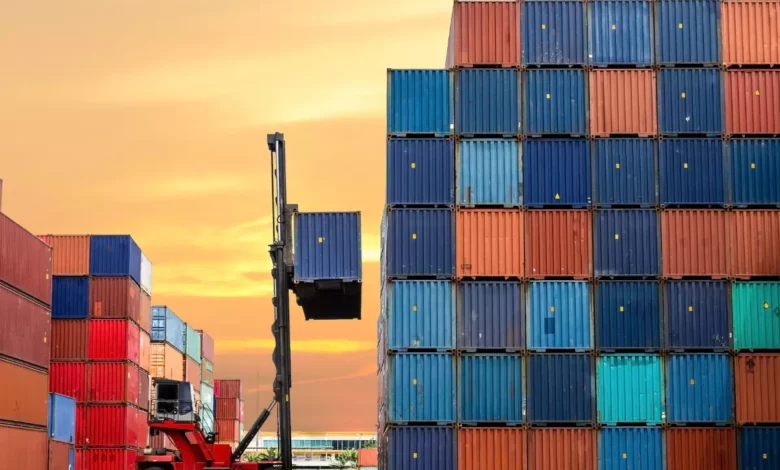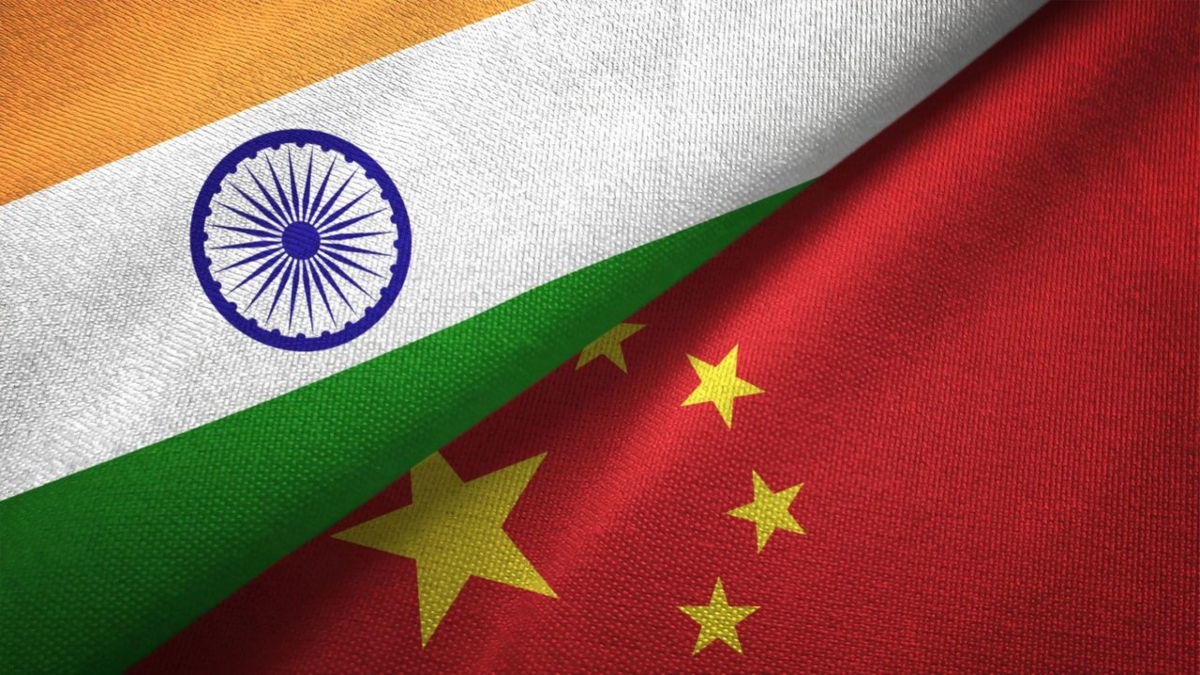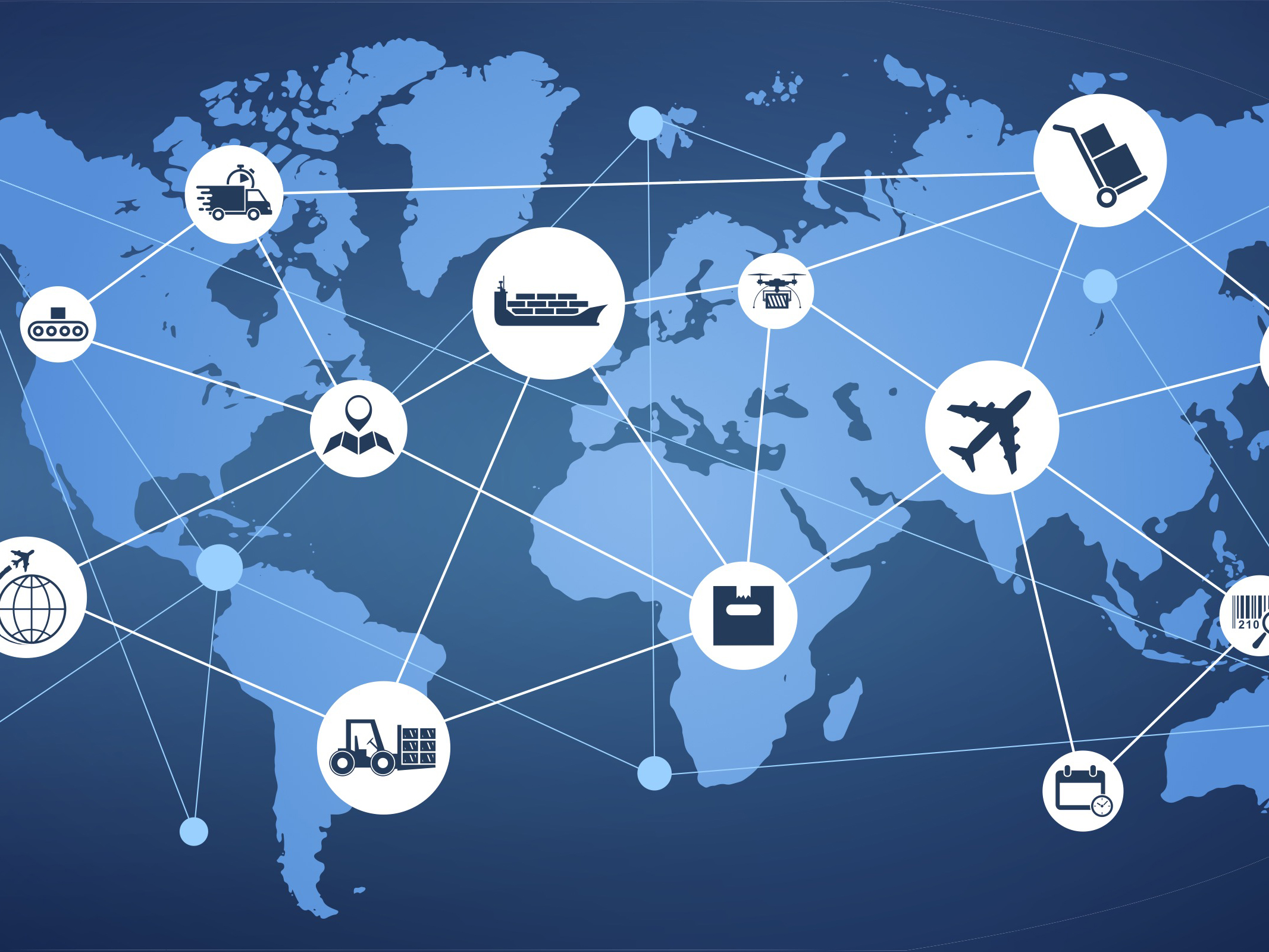The US has become India’s largest trade partner. Is India-China trade decoupling?

The US has become India’s largest trade partner. Is India-China trade decoupling?
21 June, New Delhi According to recent data from India’s Ministry of Trade and Industry, with bilateral trade hitting $119.42 billion, the US has surpassed China to become India’s biggest trading partner. The data show that while imports jumped from about USD 29 billion to about USD 43.31 billion, India’s trade exports to the US increased from about USD 51.62 billion in the previous financial year to roughly USD 76.11 billion. India’s top exports to the United States include polished diamonds, pharmaceuticals, jewellery, light oil, frozen shrimp, perfumes, and other goods. Oil, liquefied petroleum gas, gold, coal, recycled goods, scrap iron, big almonds, and other items are among the most common and largest American products that India purchases.
The report also reveals that India and China‘s bilateral trade volume in the 2021–2022 fiscal year are approximately USD 115.42 billion, up nearly a third from the USD 86.4 billion in the prior fiscal year.

India exports goods to China worth almost $ 21.25 billion, while it buys goods worth over $ 94.16 billion from China. According to reports, Chinese imports are becoming increasingly common, and the top 100 implications each have a value of over $100 million. According to experts there, India’s dependence on China for the import of manufactured products shows no evidence of decreasing.
China’s and India’s statistics data are different, which causes discrepancies in the trade volume estimates that each country releases. Chinese data indicates that from 2013–2014 to 2017–2018 and 2020–2021, China was India’s top trading partner. Prior to China, India’s major trading partners were the United States and the United Arab Emirates.
The US had previously overtaken China as India’s top trading partner. China and India had substantial trade deficits for a long time, but India remained balanced with the US. India has long considered the United States to be an important export market as a result.
The numbers show that India’s trade exports to the US surged from about 51.62 billion USD in the previous fiscal year to about 76.11 billion USD. According to statistics, India and China’s bilateral trade volume in the fiscal year 2021–2022 would be close to USD 115.42 billion, up nearly a third from the USD 86.4 billion in the prior fiscal year.
Around 21.25 billion USD worth of Indian goods is exported to China, whereas 94.16 billion USD worth of Chinese goods are imported by India. The top 100 imported products each have an export value of more than USD 100 million, and the volume of Chinese items being imported is reportedly increasing. According to experts there, India’s dependence on China for the import of manufactured products shows no signs of decreasing.
China’s and India’s statistics data are different, which causes discrepancies in the transaction volume figures that each country reports.
Chinese statistics indicate that from 2013–2014 through 2017–2018 and 2020–2021, China was India’s principal trading partner. Prior to China, India’s major trading partners were the United States and the United Arab Emirates.
India’s leading economic partner hasn’t always been the United States, nor has China always been the country’s biggest trading partner. For a long time, India enjoyed a surplus with the US, while China and India had large trade deficits. India has long regarded the United States as an important export market.

Given the aforementioned information, it is essential to look into what transpired with the US-India trade. Will Chinese goods become less expensive in India? Will work and economic relations between China and India suffer? Everything from tiny screws to enormous TVs, microwaves, and mobile phones are imported into India, most of which are made in China.
These Chinese goods are almost incomparably superior to those from other nations in terms of both price and quality. Even the objects used by Indians to adore their gods, as well as many exquisite flowers, handbags, shoes, caps, etc., are created in China. They are pretty famous with Indian clients.
The Indian media commonly use China to illustrate how Chinese products “invade” India. Mobile phones and consumer electronics stand out the most due to their affordability and cost-effectiveness.
The bulk of China’s exports to India are manufactured goods, in contrast to the preponderance of US exports to India, which are energy and agricultural products. This gives the impression that Chinese goods have dominated the Indian market.
The United States, however, predominates in less visible situations, such as emerging information fields. To mention a few, there is Amazon, Google’s search site, Facebook, Twitter, and WhatsApp.
The pandemic and India’s efforts to “decouple” from China have aided in the continued development of trade ties between the US and India. However, the security element is crucial given that India has accelerated the replacement of Chinese businesses with its own through the encouragement of the “China fear” mentality at home and abroad.
By luring capital from the United States and other nations, building high-tech businesses, and actively participating in the global supply chain, India seeks to set itself apart from China and support the rapid expansion of its domestic manufacturing sector. However, for the time being, the fundamentals of economic and trade cooperation between China and India are unaltered.
According to the breakdown statistics, India’s trade exports to the US rose from about USD 51.62 billion in the previous fiscal year to approximately USD 76.11 billion. In contrast, imports rose from around USD 29 billion to about USD 43.31 billion.
Polished diamonds, pharmaceuticals, jewellery, light refined petroleum, frozen shrimp, cosmetics, and more are among India’s top exports to the US. The most prominent American exports to India are giant almonds, shale gas, gold, coke, recycled goods, and scrap iron.
India exports over USD 21.25 billion to China, while it imports around USD 94.16 billion from China. According to reports, the amount of merchandise coming from China is growing, and the top 100 imports each have a value of more than $100 million. India is still heavily dependent on China for the import of manufactured products, according to Indian analysts.

China’s and India’s statistical information differs, which affects the trade volume estimates that each country releases.
According to Chinese data, China has been India’s top commercial partner from 2013–2014 through 2017–2018 and from 2020–2021. The US and the UAE were once India’s top trading partners in addition to China.
Article proofread & published by Gauri Malhotra.





